The Mi 11 Ultra is Xiaomi’s 2021 flagship packed with an array of high-end hardware. Powered by the top-end Snapdragon 888 chipset, the device comes loaded with 12 GB RAM and 256 GB of storage, as well as a 5000 mAh battery with fast 67W wired and wireless charging. The display is a 6.81-inch WQHD+ AMOLED with a 120 Hz refresh rate, DCI-PS color gamut, and HDR10+.
It’s not lacking in the photography department either, and its triple rear camera has only recently been toppled from the top of the DXOMARK Camera rankings. You can use the rear camera to capture selfie images using a tiny 1.1-inch AMOLED screen (126 x 294) that is installed next to the camera array. It serves as a preview screen for taking selfies with the primary or ultra-wide camera, and doubles as a notification screen or always-on display.
Today we’re interested in its selfie-cam potential, however, and the Xiaomi Mi 11 Ultra’s front-facing module offers a 20 MP-resolution sensor coupled to a fixed-focus f/2.3 aperture lens. Front-facing video is captured in full HD 1080p resolution at either 60 or 30 fps, and there’s a slow motion 720p/120 fps mode if you want to get creative.
So will the Xiaomi Mi 11 Ultra’s selfie shooter live up to the high standards set by the rear camera? Let’s find out as we unveil the scores and compare some pictures.
Key front camera specifications:
- 20 MP 1/3.4″ sensor
- f/2.3 aperture lens
- Video: 1080p/60&30fps, (1080p/30 fps tested) and 720p mode
About DXOMARK Selfie tests: For scoring and analysis in our smartphone front camera reviews, DXOMARK engineers capture and evaluate over 1500 test images and more than 2 hours of video both in controlled lab environments and in natural indoor and outdoor scenes, using the camera’s default settings. This article is designed to highlight the most important results of our testing. For more information about the DXOMARK Selfie test protocol, click here.
Test summary
Scoring
Sub-scores and attributes included in the calculations of the global score.
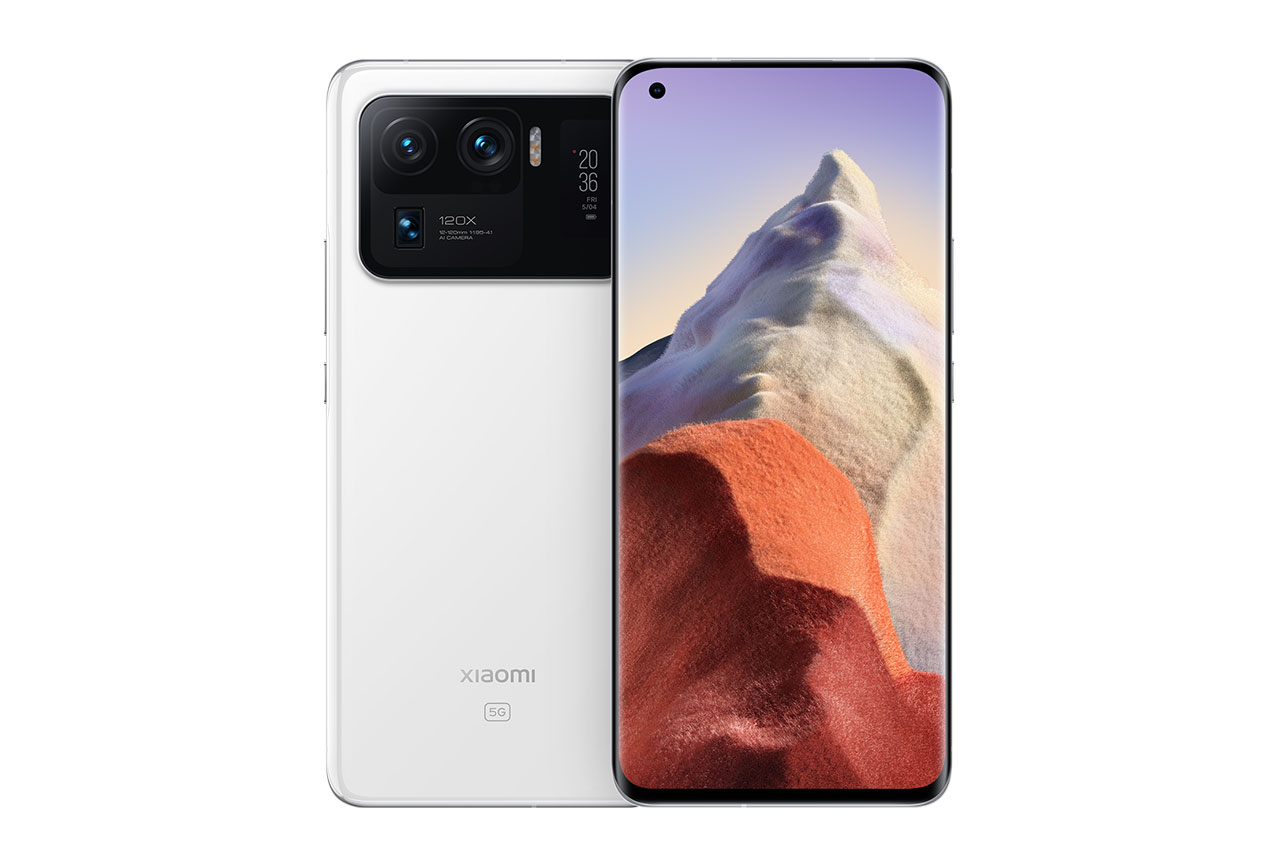
Xiaomi Mi 11 Ultra


 47th
47th 33rd
33rdPros
- Accurate target exposure and wide dynamic range in most photos
- Pleasant color and skin tones in most photos
- Wide depth of field ensures sharp group selfies
- Well-controlled noise in all videos
- Video focus is accurate with wide depth of field
- Video target exposure is mostly accurate
- Neutral white balance in indoor and outdoor videos
Cons
- Out-of-focus faces at close range (30 cm)
- Visible luminance noise in all photos
- Low contrast on faces in high-contrast photos
- Low video detail, especially in low light
- Slight residual motion and differences in video frame sharpness
- Inaccurate white balance and color shading evident in videos shot under certain light sources
With an overall Selfie score of 94, the Xiaomi Mi 11 Ultra improves on the score of 88 set by its predecessor, the Mi 10 Ultra. That’s primarily due to improved front camera photos, where the latest model puts in a slightly better performance across almost all test categories. There’s less of an improvement for video, however, and with the Mi 11 Ultra at 92 and the Mi 10 Ultra at 91, the two models essentially offer generally comparable front camera video image quality.
With a price tag of around $1200, the Mi 11 Ultra is squarely in our Ultra Premium segment of more expensive devices. Compared to the best-performing Ultra Premium selfie cameras, Xiaomi’s 2021 flagship unfortunately doesn’t fare quite as well, only just squeaking into the top 20 and quite a ways behind the leading Huawei P50 Pro at 106 points.
Its strengths include accurate and stable selfie photo exposure, as well as pleasant skin tone rendering and accurate white balance in most photos. Depth of field is also wide and detail on faces positioned a little distance from the camera is good. The fixed-focus lens missed focus on close-range selfies, however; fine textures are lost and some luminance noise is visible in all photos; and contrast on faces can be disappointing in certain conditions.
Shooting video, strengths are broadly the same, with generally accurate face exposure, wide depth of field and pleasant color. The devices handles noise a little better in videos, too, with smooth files captured in all but the most challenging conditions. Video dynamic range is limited, so expect some highlight clipping when recording in bright light; and the level of video detail is generally low, especially in low light. Video stabilization is generally effective, but we did notice slight residual motion effects and differences in sharpness between frames in some conditions.
Below you can find a detailed analysis and image samples for all Photo and Video sub-attributes, as well as comparisons with one of the Xiaomi Mi 11 Ultra’s brand-mates, the standard Mi 11 variant, and with one of the Mi 11 Ultra’s competitors, the Samsung’s Galaxy S21 Ultra 5G (Snapdragon).
Photo
The Xiaomi Mi 11 Ultra achieves a Selfie Photo score of 95. In this section, we take a closer look at each sub-attribute and compare image quality against other devices.

Exposure and Contrast
Xiaomi Mi 11 Ultra
79
91
In these tests we analyze target exposure, contrast, and dynamic range, along with repeatability across a series of images. Tests are undertaken in a wide range of light conditions, including backlit scenes and low light down to 1 lux. The score is derived from a number of objective measurements in the lab and perceptual analysis of real-life images.
This graph shows the Xiaomi Mi 11 Ultra’s level of contrast under different lighting conditions in the lab.
These samples show the Xiaomi Mi 11 Ultra’s exposure performance in an outdoor scene. Target exposures are generally accurate with wide dynamic range, but contrast on the face can be a little low, especially in high-contrast conditions.

Color
Xiaomi Mi 11 Ultra
89
105
In these tests we analyze color rendering, skin tones, white balance, and color shading, along with repeatability across a series of images. The score is derived from a number of objective measurements in the lab and perceptual analysis of real-life images.
These samples show the Xiaomi Mi 11 Ultra’s color performance in daylight. Colors, skin tones, and white balance are generally pleasant on the Xiaomi Mi 11 Ultra. Skin tones are occasionally a little dull and a blue color cast is visible, but for the most part white balance is accurate and warm.

Focus
Xiaomi Mi 11 Ultra
83
97
In these tests we analyze autofocus accuracy and shooting time, along with repeatability, in the lab. We test focus failures, depth of field, and tracking of moving subjects using perceptual analysis of real-life images.
This graph shows the Xiaomi Mi 11 Ultra’s autofocus performance in the lab across different light levels.
These samples show the Xiaomi Mi 11 Ultra’s focus and depth of field performance in a group selfie. At 30 cm, faces are slightly out of focus, but the focus is accurate at 50 cm; wide depth of field ensures good sharpness on faces towards the back in group selfies.
In these tests we analyze texture on faces and objects, including objects in motion, in a range of light conditions, using several lab test setups and perceptual analysis of real-life images.
This graph shows the Xiaomi Mi 11 Ultra’s texture performance in the lab across different light levels.
These samples show the Xiaomi Mi 11 Ultra’s texture performance in an indoor scene at a shooting distance of 55 cm. In bright light, when faces are in focus, the level of detail is good, although fine details are lost. Texture is low on all close-up selfies at 30 cm due to inaccurate focus from the fixed-focus lens. Detail is more limited indoors and in low light, especially on backlit scenes.

Noise
Xiaomi Mi 11 Ultra
59
90
In these tests we analyze noise on faces and objects, including objects in motion, in a range of light conditions, using several lab test setups and perceptual analysis of real-life images.
These samples show the Xiaomi Mi 11 Ultra’s noise performance in an indoor scene. Luminance noise is visible in all conditions and especially in low light.
For these tests we switch to the camera’s bokeh or portrait mode and analyze depth estimation, bokeh shape, blur gradient, and repeatability, as well as all other general image quality attributes mentioned previously. The score is derived from perceptual analysis of real-life images.
These samples show the Xiaomi Mi 11 Ultra’s bokeh mode performance in an indoor scene. Similar to the Xiaomi Mi 11, the Ultra model captures bokeh with a pleasant shape, but some depth artifact errors are visible and no blur gradient effect is applied.
In these tests we check images for optical artifacts such as vignetting, flare, lens softness in the corners, distortion, and chromatic aberrations, as well as for processing artifacts such as ghosting and fusion errors, hue shift, and ringing.
This sample shows flare artifacts in a backlit image. Other artifacts including color quantization and hue shift effects are also occasionally visible on the Xiaomi Mi 11 Ultra.
Video
In our Video tests we analyze the same image quality attributes as for still images, such as exposure, color, texture, and noise, but we also include such temporal aspects as speed, smoothness and stability of exposure, white balance, and autofocus transitions.
The Xiaomi Mi 11 Ultra achieves a Selfie Video score of 92. A device’s overall Video score is derived from its performance and results across a range of attributes in the same way as the Photo score. In this section, we take a closer look at these sub-scores and compare video image quality against other devices.

Exposure and Contrast
Xiaomi Mi 11 Ultra
71
86

Color
Xiaomi Mi 11 Ultra
82
87
These video stills show the Xiaomi Mi 11 Ultra’s video color in an outdoor scene. White balance is pleasant, especially in outdoor and indoor videos.

Focus
Xiaomi Mi 11 Ultra
81
92

Texture
Xiaomi Mi 11 Ultra
69
97
These video stills show the Xiaomi Mi 11 Ultra’s video texture performance outdoors. The level of texture on the Mi 11 Ultra is lower than the Samsung in all conditions, and especially at close range (30 cm), where the Xiaomi’s fixed-focus lens renders faces slightly out of focus.
This graph shows the Xiaomi Mi 11 Ultra’s video noise performance under different lighting conditions in the lab.

Artifacts
Xiaomi Mi 11 Ultra
89
92
For video artifacts, we check for the same kinds of artifacts mentioned in the Photo section, along with such video-specific artifacts as frame rate variation in different light conditions, judder effect, and moving artifacts (artifacts such as aliasing, color quantization, and flare can often be more intrusive when moving than in a still image).
These video stills show hue shift artifacts that affect the color of the sky in an outdoor image. Color quantization artifacts are also occasionally visible on the Xiaomi Mi 11 Ultra.

Stabilization
Xiaomi Mi 11 Ultra
73
82
In these tests we analyze residual motion when handholding the camera during recording, as well as when walking and running with the camera. We also look for stabilization artifacts such as jello effect, sharpness differences between frames, and frame shift (abrupt changes of framing).
These sample clips show the Xiaomi Mi 11 Ultra’s video stabilization under indoor lighting conditions.


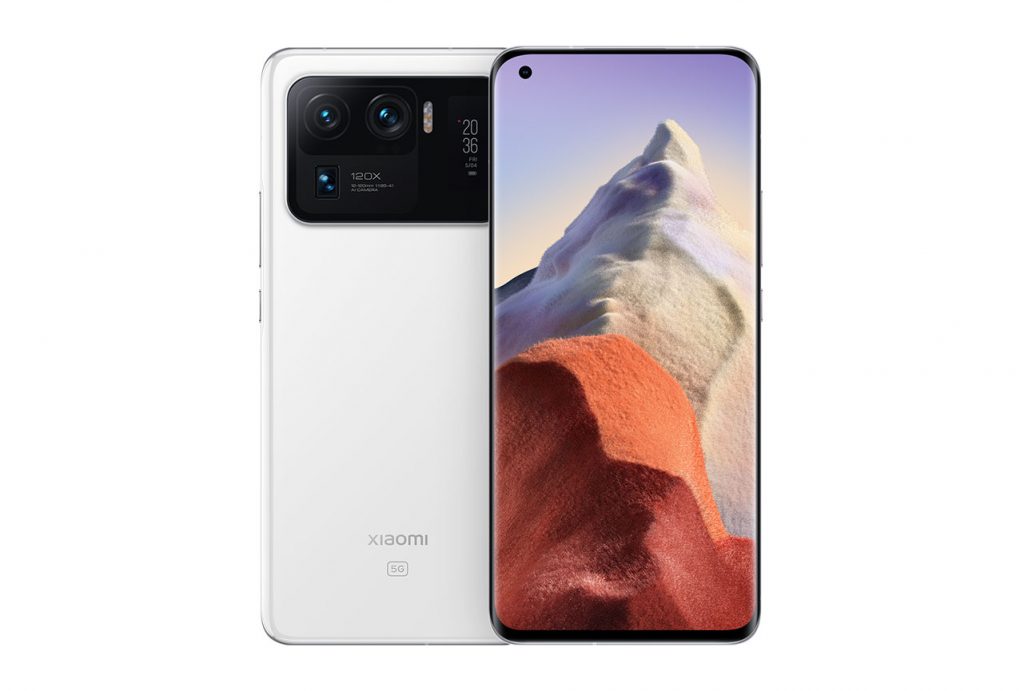


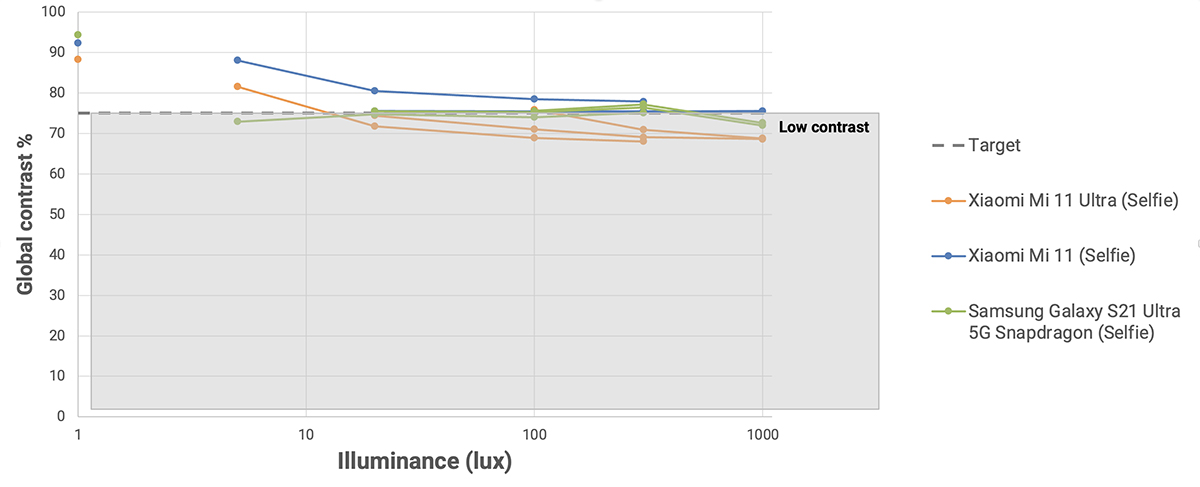



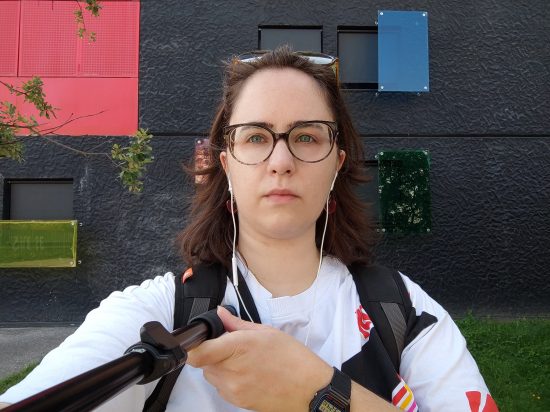
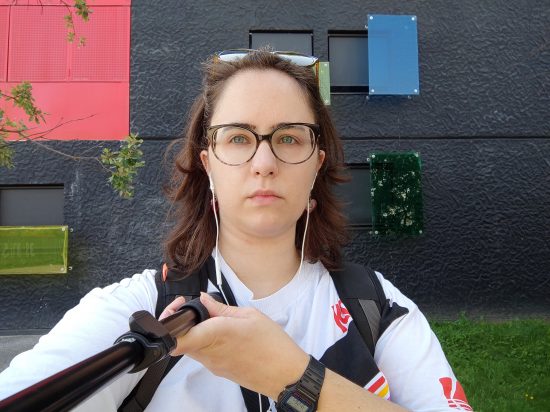
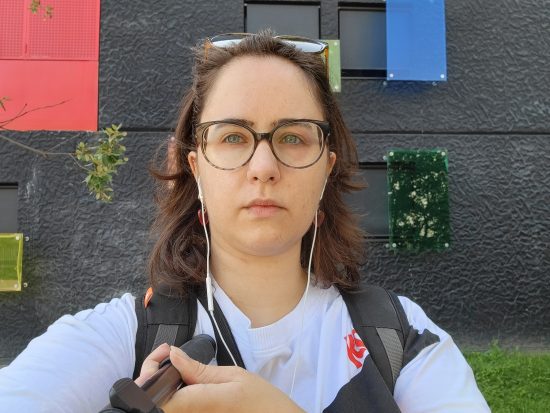
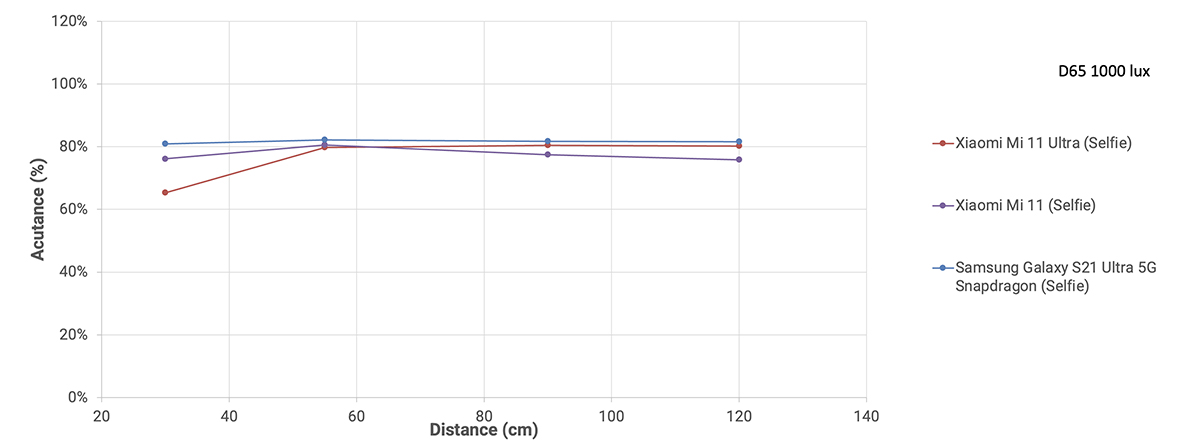
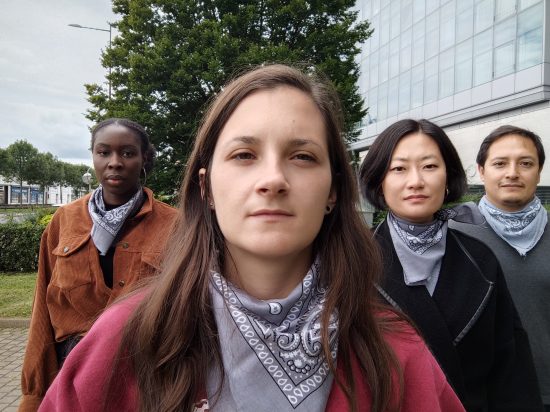
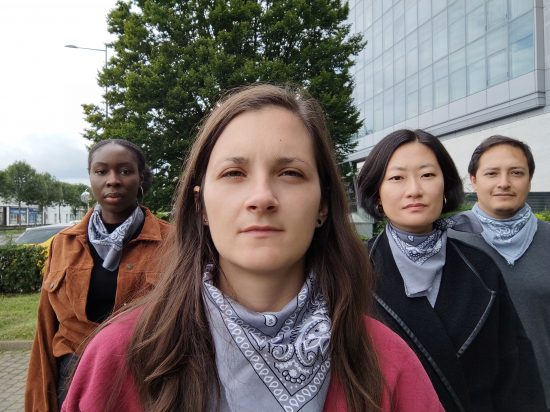

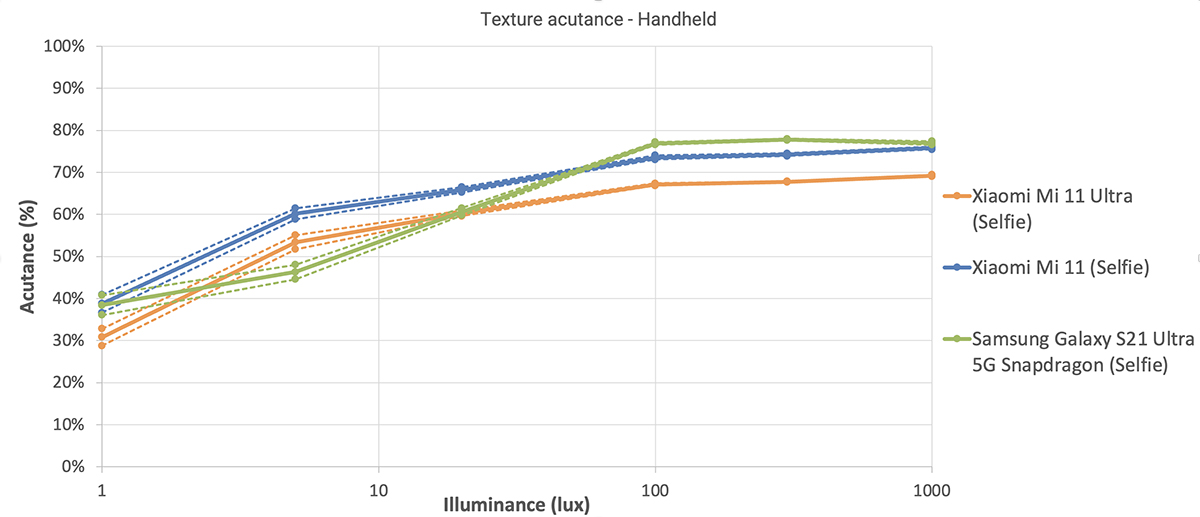


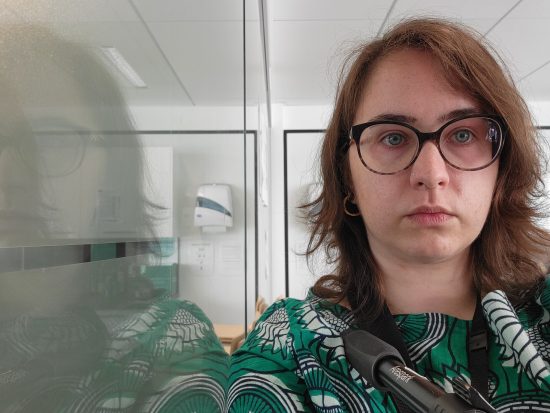







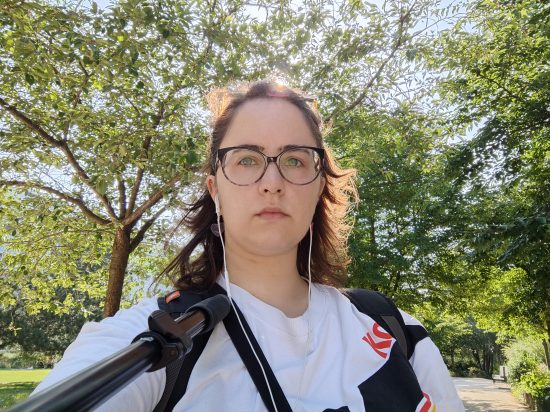

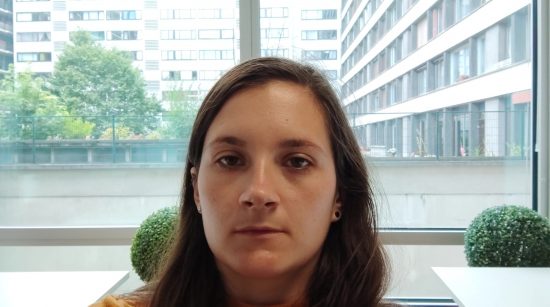
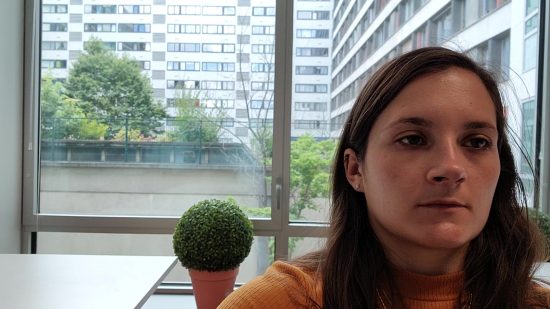


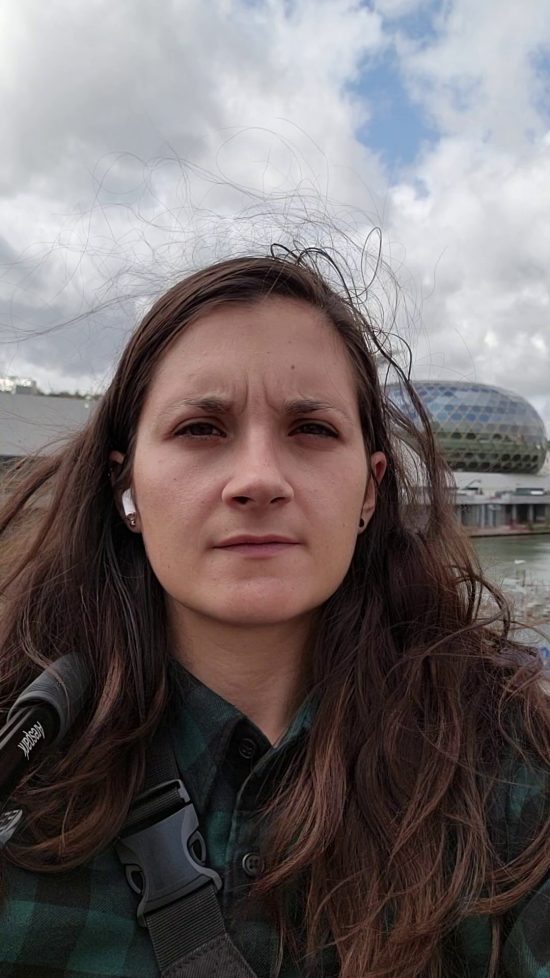


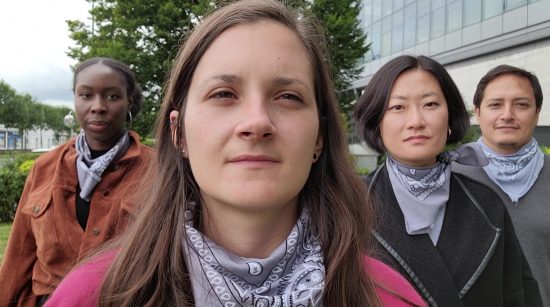
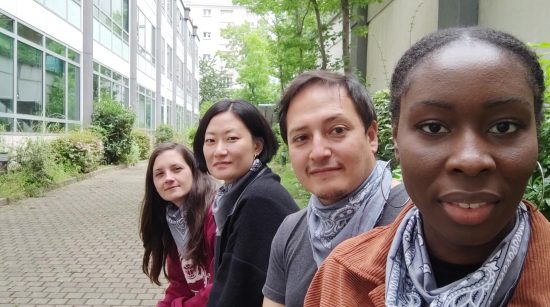

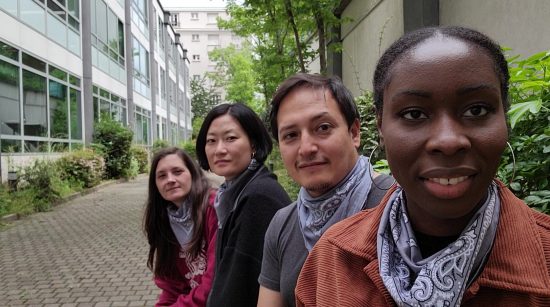
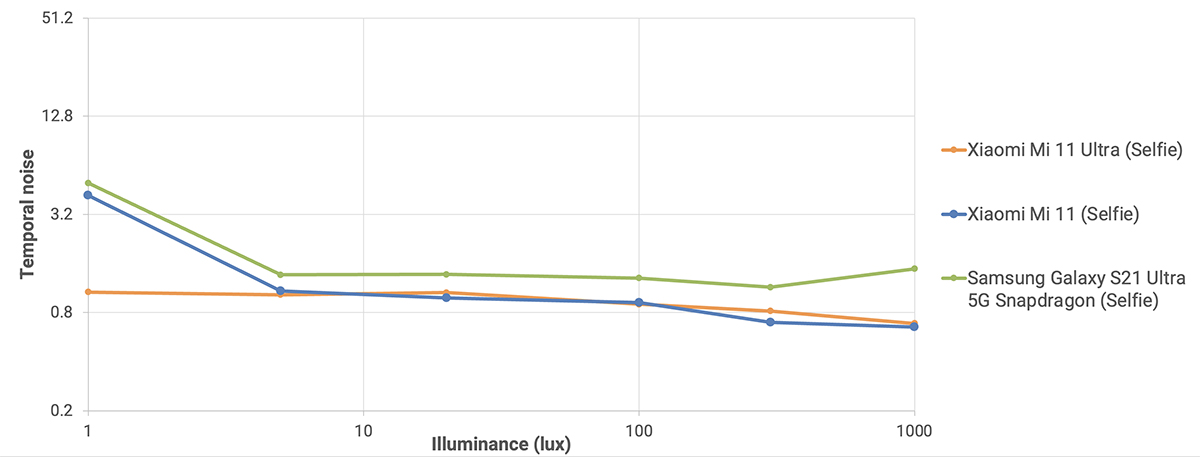


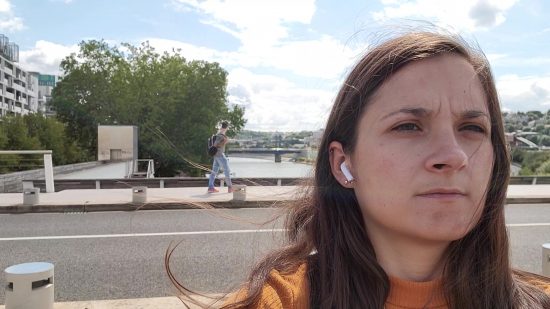
DXOMARK encourages its readers to share comments on the articles. To read or post comments, Disqus cookies are required. Change your Cookies Preferences and read more about our Comment Policy.